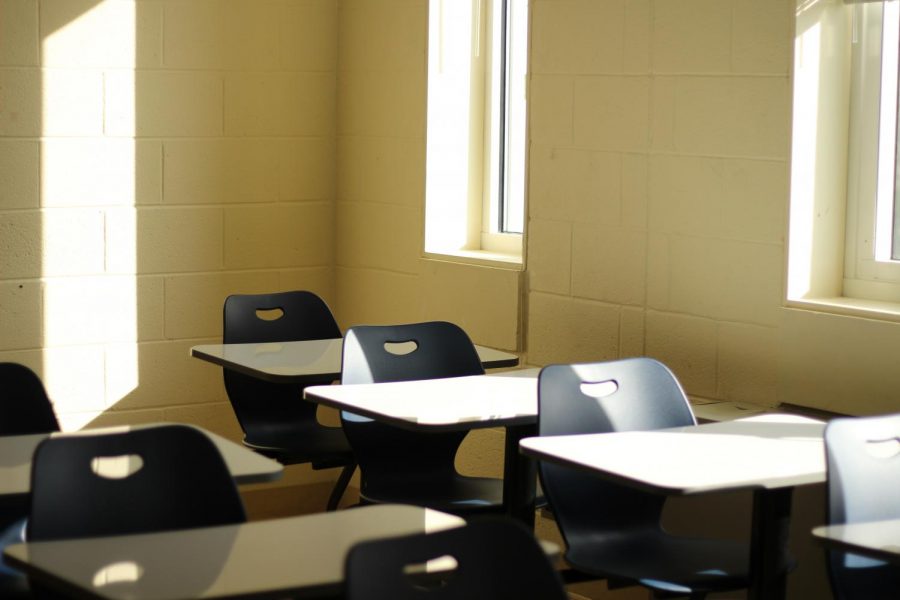There’s a gap in the curriculum. In elementary school, I learned about cumulonimbus clouds, what type of homes Native American tribes built and about the power house of the cell. I was barely able to read chapter books, but I knew the Sioux lived in teepees. Yet as a high school senior, almost old enough to live on my own and pay taxes, I find that still a large percent of my grade is unable to hold a conversation about current affairs and events overseas. My government class was the first one that integrated any semblance of current events into the curriculum. It isn’t that the details about Native American tribes and our weather are too trivial to put into our curriculum, but from the start of school, memorizing facts has been given over what is actually happening in the world. Rather than leaving a cut off in our history classes and then leaving the lessons at the door, students should be taught the value of the news.
A major reason for the teen apathy towards the news is prioritization. Why would time that could be pushed studying for higher test scores be spent on learning with no immediate benefit? If the SAT does not have a current events portion, and our classes never ask what is happening now, even top students won’t focus on it. Teens do not have an emphasis on needing to know the news, despite it affecting the future of the nation. Learning about health care can help for future educated votes; learning about the struggle within Middle Eastern countries could help contribute to the nation’s policy on foreign policies in the future. However, now it does not seem to matter to education that teens are left in the dark. They are engaged by the motive of college and their future, and when none of that rests on the present, it is often passed by.
At the topic of the list of Internet options to present the news, the most common way teenagers learn about top news stories now is through social media. In order to engage people, using means that they already use facilitates to going to them rather than expecting them to come to the news. Teens are said to spend ten hours a day on technology. How can paper newspaper win over Twitter and Facebook that have become major time sucks for many teens? Just as you wouldn’t try to market to middle aged people in Seventeen magazine, trying to market to teens to read the news when it is presented on a unused format-no matter the content- will be useless. Instead, youth culture is shifting, and as advertising consultants explain, there is a ‘discovery period’ where youth begin to learn about themselves and their interests, as it’s seen, it’s critical to be angled towards their interests. However, where we are right now, newspapers often try to keep their concrete ways in print which doesn’t encourage teen readers. Also, often these media’s cannot get out the full story. One-hundred forty characters are one Tweet on Twitter, the current popular teen media. That obviously cannot tell a whole story or even get the main details out. The accuracy can’t always be trusted completely because the fast paced technology caters to fast news, and those short Tweets and sound bites on the radio can only get so much information out. Being short doesn’t always mean concise, and the ease of social media can take away from the editing and fact checking that major news sources do.
The importance of the knowledge however, varies from informed voting to the basis of history. Instead of letting present news be overshadowed by detailed historical knowledge, it should be integrated into the classroom. Teaching the skills of getting informed is just as important as the knowledge learned, and FCPS should make an effort to add the push to become informed today.






